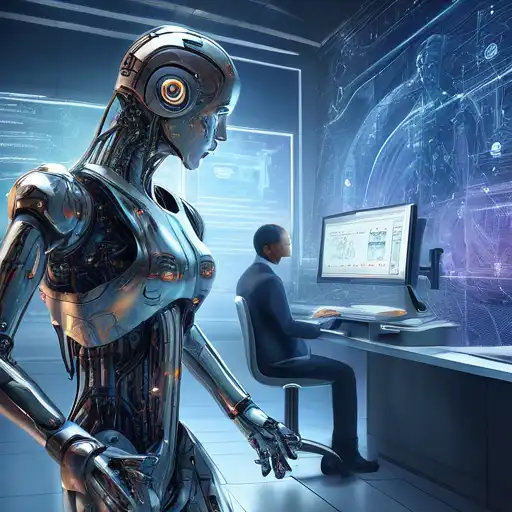Introduction to AI and Machine Learning
In the rapidly evolving world of technology, Artificial Intelligence (AI) and Machine Learning (ML) are two terms that often come up in conversations. While they are closely related, they are not the same thing. This article aims to demystify these concepts and highlight the key differences between them.
What is Artificial Intelligence?
Artificial Intelligence is a broad field of computer science focused on creating systems capable of performing tasks that typically require human intelligence. These tasks include problem-solving, understanding natural language, recognizing patterns, and making decisions. AI can be categorized into two types: Narrow AI, which is designed to perform a narrow task (e.g., facial recognition or internet searches), and General AI, which can perform any intellectual task that a human being can.
What is Machine Learning?
Machine Learning, on the other hand, is a subset of AI that involves the development of algorithms that allow computers to learn from and make decisions based on data. Instead of being explicitly programmed to perform a task, ML systems use statistical techniques to learn patterns in data and improve their performance over time. ML is what enables many of the AI applications we use today, from recommendation systems like those on Netflix and Amazon to autonomous vehicles.
Key Differences Between AI and Machine Learning
While AI and ML are interconnected, there are several key differences between them:
- Scope: AI has a broader scope than ML. AI aims to simulate human intelligence, while ML focuses on enabling machines to learn from data.
- Dependency: ML is dependent on data to learn and make decisions, whereas AI can be rule-based and not necessarily learn from data.
- Applications: AI applications range from simple tasks like chatbots to complex ones like autonomous robots. ML is primarily used in data-driven applications such as predictive analytics and personalized recommendations.
Why Understanding the Difference Matters
Understanding the distinction between AI and ML is crucial for businesses and individuals looking to leverage these technologies. It helps in selecting the right tools and approaches for specific problems. For instance, if you're looking to analyze customer data for insights, ML might be the way to go. But if you're aiming to create a system that can interact with users in a human-like manner, you might need a broader AI solution.
Conclusion
AI and Machine Learning are transforming industries and our daily lives in unprecedented ways. By understanding their differences and how they complement each other, we can better appreciate their potential and make informed decisions about their use. Whether you're a tech enthusiast, a business leader, or just curious about the future of technology, keeping up with these advancements is essential.
For more insights into the latest tech trends, check out our Tech Trends section.
